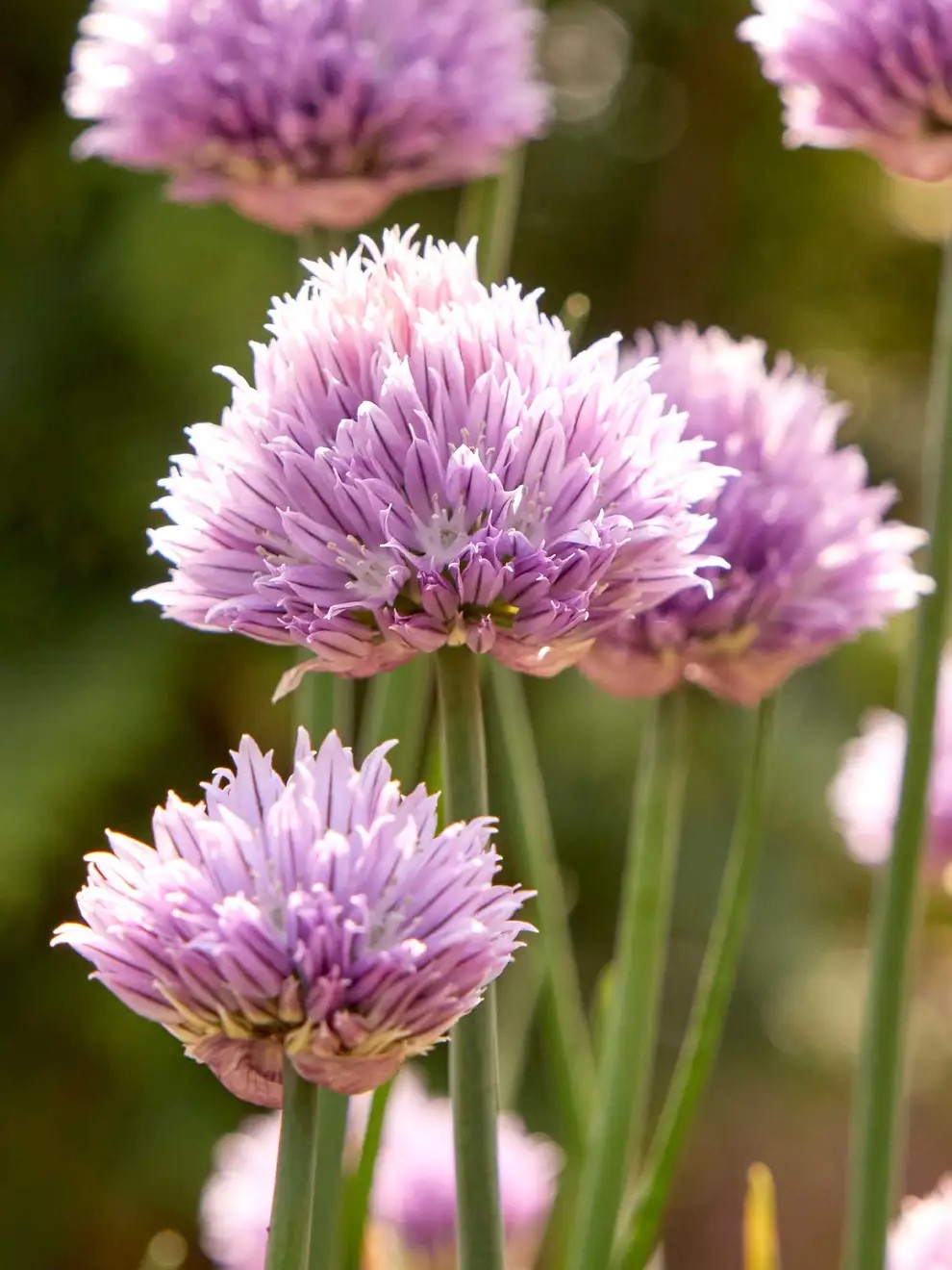Plants to grow for edible spring flowers – 5 of the best for beautiful floral creations
Using homegrown edible flowers will transform your spring suppers into colorful and delicious masterpieces – these are our 5 favorites

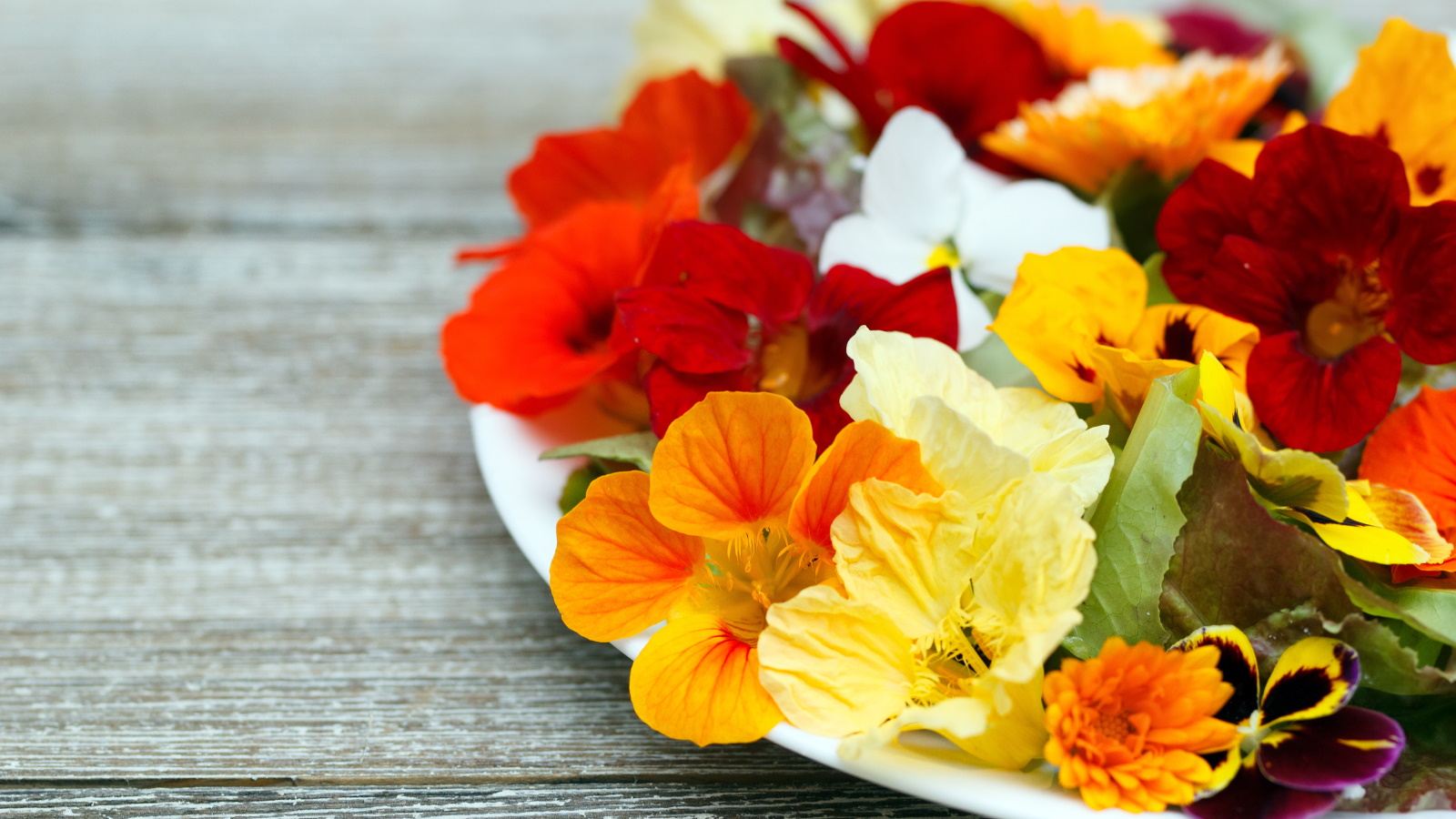
Edible flowers have proven to be a popular trend in recent years, used as vibrant decorations with a unique flavor that will transform and elevate your culinary creations.
In summer, we are spoilt for choice for edible flowers, with marigolds, roses and dahlias all proving useful in the kitchen. Fortunately, many annuals and perennials will produce edible spring flowers that can be grown early in April and May, helping you to add color, flavor and texture to your sweet and savory dishes early in the year.
From salads to sandwiches, cordials to desserts, incorporating flora into your food is both aesthetically pleasing and nutritious. For those seeking backyard ideas for kids, growing and preparing these flowers is also a useful and fun tool to encourage children to take an interest in cultivation. Here, experts share some of the best edible spring flowers to grow.
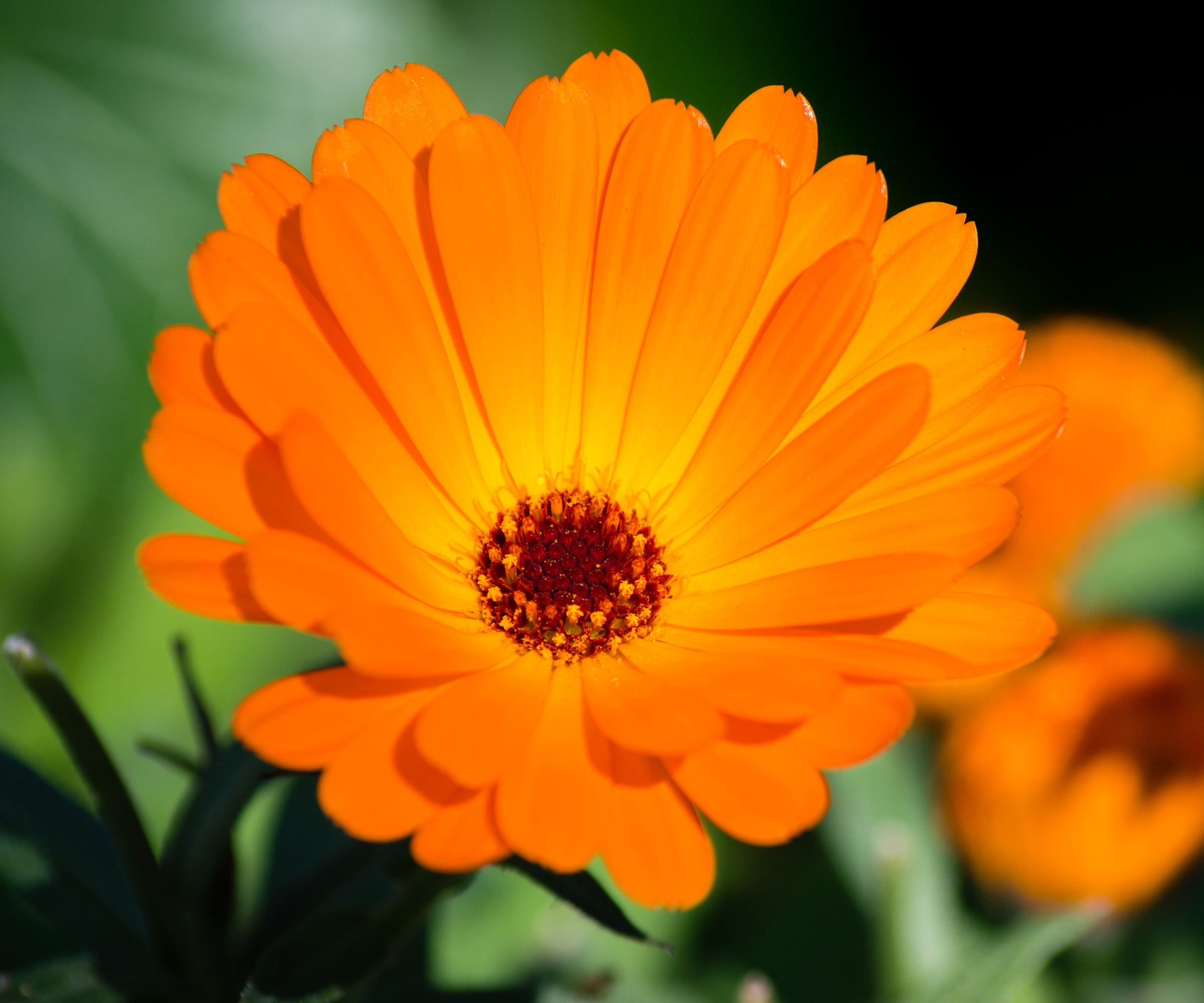
Top 5 edible spring flowers
Growing plants that will produce edible spring flowers is ideal in sizeable borders and large gardens, but should also be considered by those seeking small vegetable garden ideas. Edible spring flowers can be used as colorful and delicious decorations for your seasonal suppers, and using homegrown flowers will taste even better.
1. Nasturtium

If you are looking for bright colors and bold flavors, nasturtiums are the obvious pick for gardeners searching for edible flowers.
'Nasturtiums are quick and easy to grow from seed,' says Jen McDonald, garden expert and Co-founder of Garden Girls. Nasturtiums can be 'sown indoors on a windowsill in late winter and early spring.'
'They thrive in containers, so are useful for those with a small space, and the flowers and leaves are both edible, with a delicious peppery taste,' adds Jen.
Design expertise in your inbox – from inspiring decorating ideas and beautiful celebrity homes to practical gardening advice and shopping round-ups.
If you are considering when to plant nasturtium seeds, sow indoors or under glass from March, moving outdoors to your containers or borders after the last frost, usually in April depending on your US hardiness zone.

Jen McDonald is a garden expert and co-founder of Garden Girls, LLC, based in Houston, TX. With 14 raised garden beds and 400 square feet of garden space, Jen grows cut flowers to peanuts, amaranth to okra, and everything in between.
2. Calendula
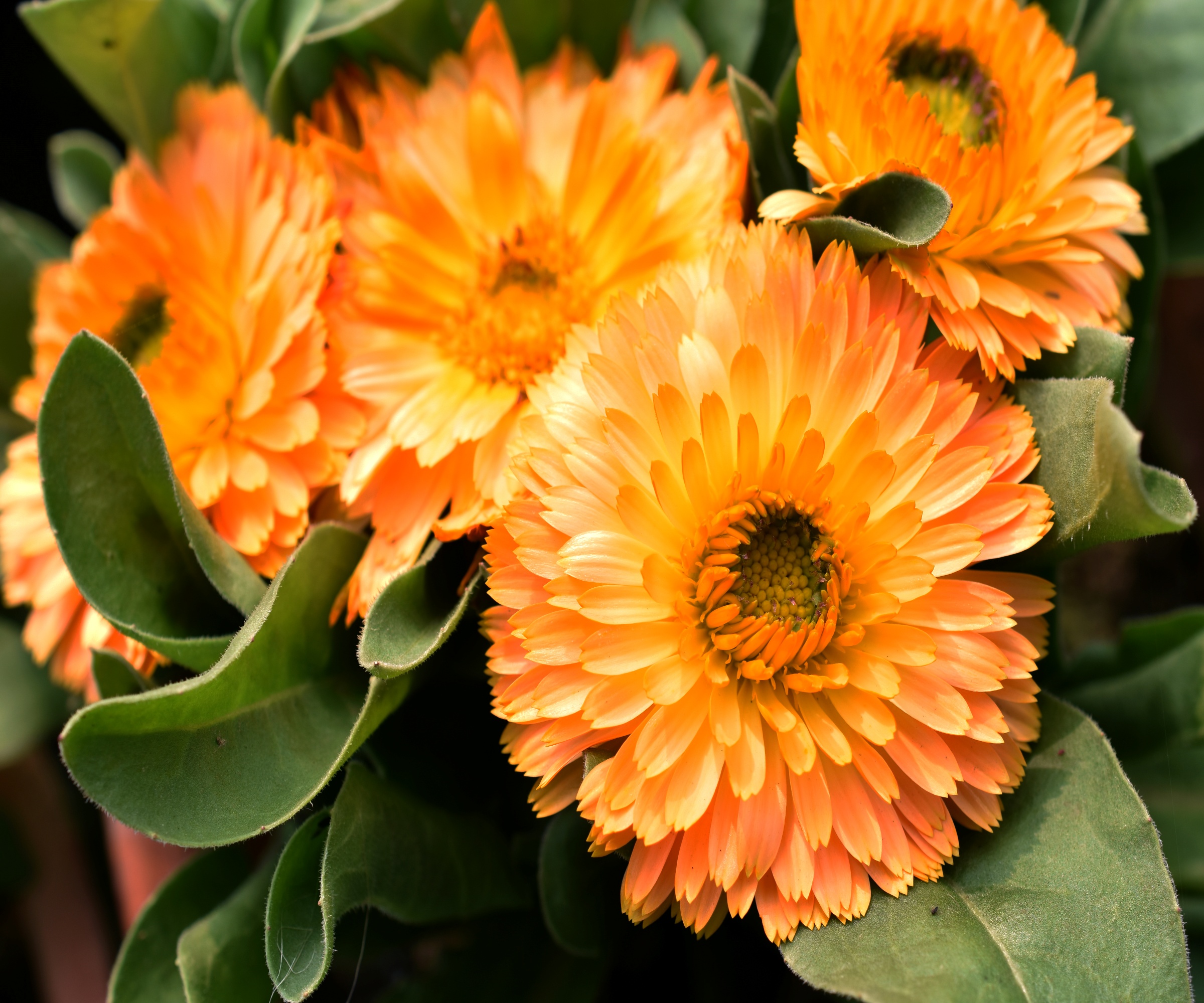
Calendula are hardy annuals, valued by gardeners for their utility for companion planting. For example, calendula is known to lure aphids away from beans, so makes for a great sacrificial plant to save your runner beans and French beans.
'Calendula plants are easy to grow from seed and will flower from spring through to fall,' Jen says. Seeds can be sown in a greenhouse or on a windowsill from March and planted outdoors after the last frost. Within a few weeks of planting, calendula flowers will begin to bloom, responding well to regular deadheading through the seasons.
Vivid and colorful, calendula flowers come in a variety of shades and are superb when used as a garnish. 'The leaves also pack a peppery punch and make a great addition to salads,' Jen adds.
Shop for edible flower seeds
3. Borage
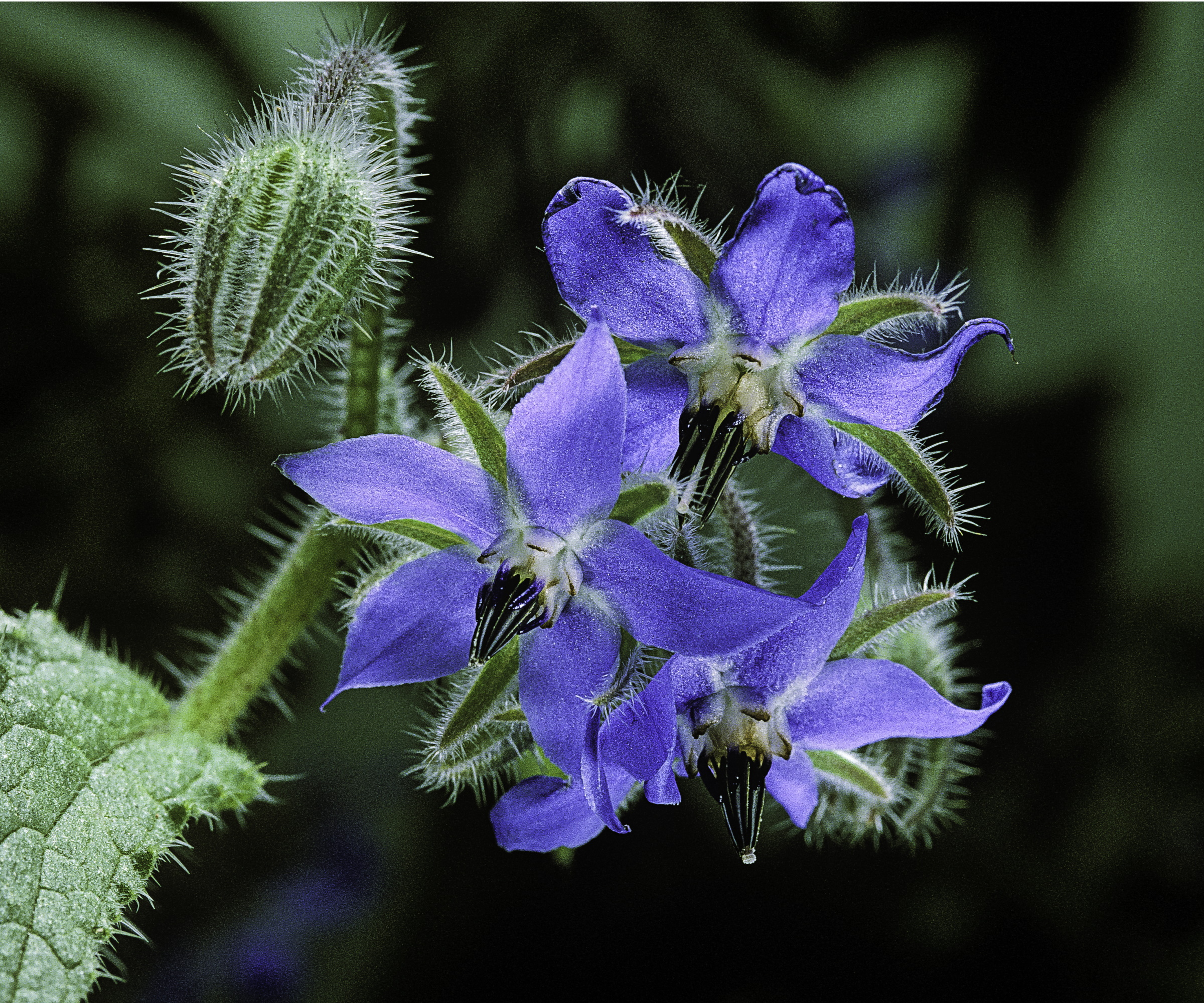
Borage is an easy-to-grow and popular flowering herb. If you are looking for plants for pollinators, borage is incredibly popular with bees and insects, often seen humming with activity in the summer months.
Star-shaped blue flowers are produced from early summer and will continue to bloom through until fall. Fortunately, these delicate star-like flowers are edible, producing an interesting but mild cucumber taste.
Borage is often frozen in ice-cube trays, enhancing summer cocktails and drinks. It can also be used as a garnish or for decorating salads.
This flowering herb grows readily from seed, which can be sown directly in the ground from April. There are no special tricks or requirements for borage, simply sow the seed where it is to flower in the yard and watch it grow.
4. Dandelion

One sign of spring is seeing golden yellow dandelion flowers blooming on turfed areas and grassy banks. If you considering how to get rid of weeds in your backyard, rather surprisingly one option might be to eat them.
Many gardeners do not know that 'dandelion flowers are edible and have a sweet, honey flavor,' says Ali McEnhill, plant expert and owner of the Old Dairy Nursery in the Hudson Valley.
Dandelion leaves can also be harvested and eaten at any point in the growing season, although the youngest leaves are often considered less bitter, making a tasty accompaniment to a spring salad.
In addition to the golden yellow dandelion that is a common sight during spring and summer, there are also different colors for those seeking something unusual. 'I particularly like Taraxacum albidum, a white-flowered dandelion variety,' Ali adds, while 'Taraxacum pseudoroseum, is a pretty pink-flowered option.'
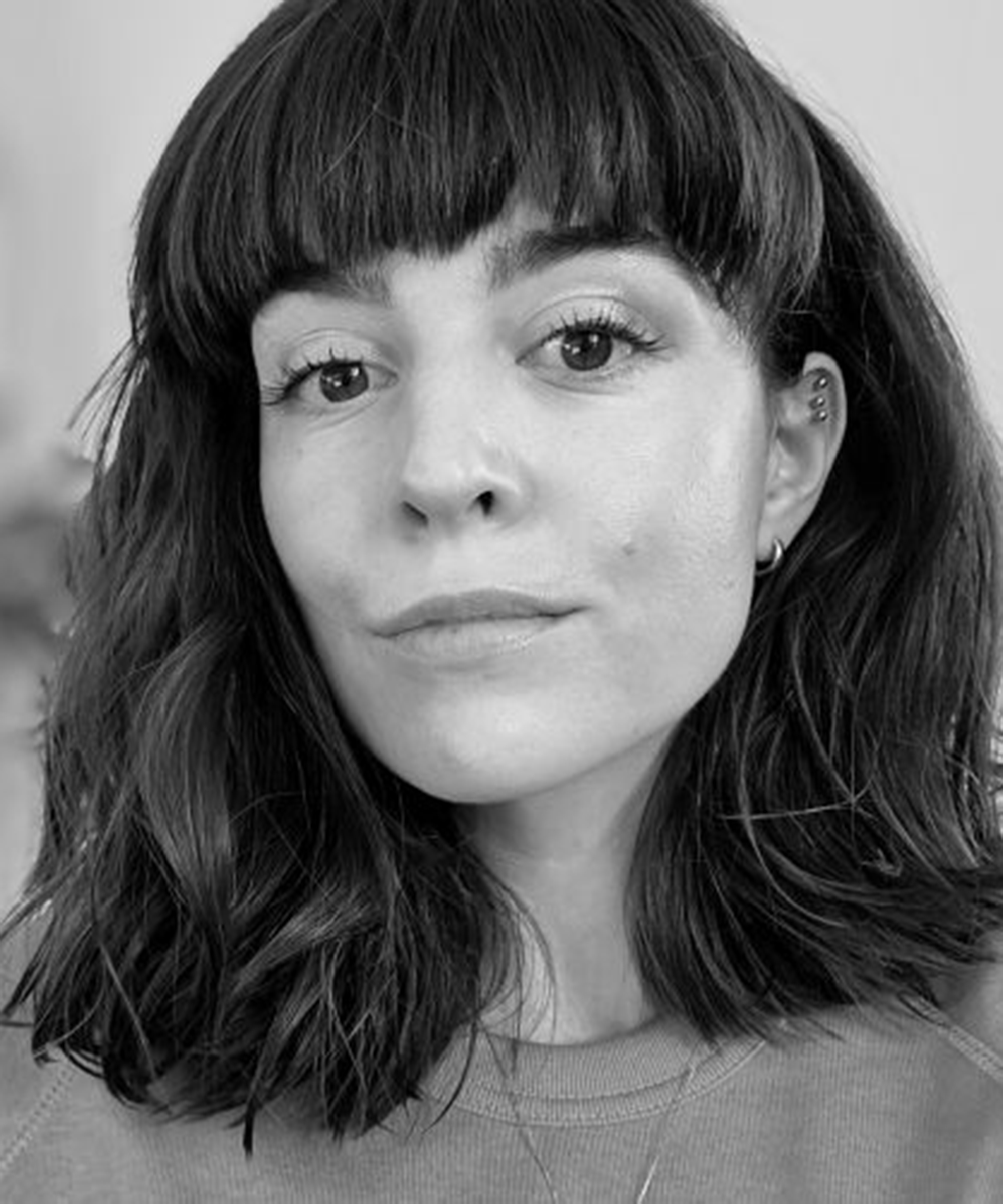
Ali is a self confessed plant geek, gardener, and propagator, owning and operating a plant nursery on an old dairy farm in New York's beautiful Hudson Valley. Ali focuses on growing hardy perennials, trees, and shrubs that thrive outdoors in the cold climate.
5. Chives

Chives are an attractive and delicious herb, popular with gardeners and chefs who are seeking herb garden ideas. When considering how to grow chives, this perennial herb is easy to grow and will require little maintenance. Chives will bloom freely from April until the early summer.
'My favorite edible spring flowers for taste are the blooms of the classic chive, Allium schoenoprasum,' says Ali. 'The adorable pompom lilac-pink flowers have a delicate onion-garlic flavor.'
This herb is perfectly suited to growing in pots or lining edges of a pathway in the yard, growing just as well on a sunny windowsill as it does in the garden border.
FAQs
How do I store edible flowers?
It is recommended that you consume or use edible flowers as soon as possible after picking. Remember that the sooner you use them, the fresher they will be. If you do need to store your edible flowers, place them in an airtight container with a folded sheet of kitchen paper placed underneath to soak up any moisture. It is best to use stored edible flowers within 2 to 3 days.
Growing and using edible spring flowers will add impact and interest to your kitchen creations, providing both a pop of color and a unique flavor. Remember to always wash any edible flowers that you have grown and never eat any flower that you cannot identify. If you are unsure if a flower is edible, is it best to research the plant before consuming it.
In addition to growing edible flowers, why not grow your own herbal tea by cultivating an indoor or outdoor herb garden that features some of the best plants for tea, such as mint or sage.

Thomas is a Content Editor within the Gardens Team at Homes and Gardens. He has worked as a professional gardener for both public spaces and private estates, specializing in productive gardening, growing food and flowers. Trained in Horticulture at the Garden Museum, he has written on gardening and garden history for various publications, including The English Garden, Gardens Illustrated, Hortus, The London Gardener and Bloom. He has co-authored a Lonely Planet travel book, The Tree Atlas, due out in 2024.


